Also known as “O-inari-san”, Inari shrines are the most familiar shrines to Japanese people.
There are said to be some thirty thousand throughout the country, frequented by people of all ages.
Fushimi Inari Taisha is the head shrine with which all the others are affiliated.
In the 1300 years since its establishment in 711AD, people have gathered here to pray for bountiful harvests, business prosperity, the safety of their home and family and the fulfillment of all kinds of other wishes.
In recent years, the shrine’s Japanese worshippers have been joined by overseas visitors coming to pray or tour the shrine. Fushimi Inari Taisha is now known worldwide as one of the most iconic sights in Kyoto, and in Japan as a whole.
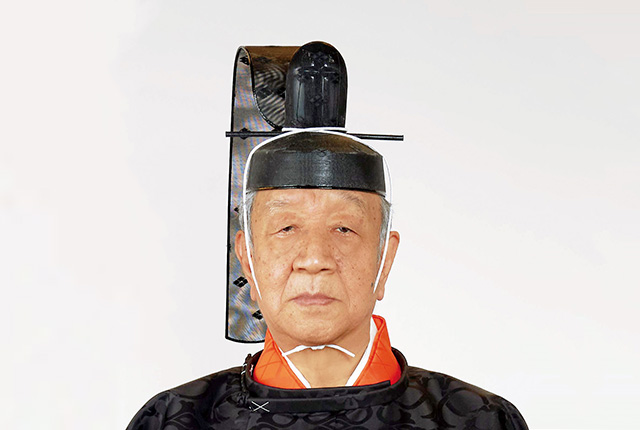
Greetings from the Head Priest
We have a duty to protect Inariyama, the mountain on which this shrine rests, and pass on the tradition of promoting the harmonious coexistence of the deities, human beings, and nature that it represents.
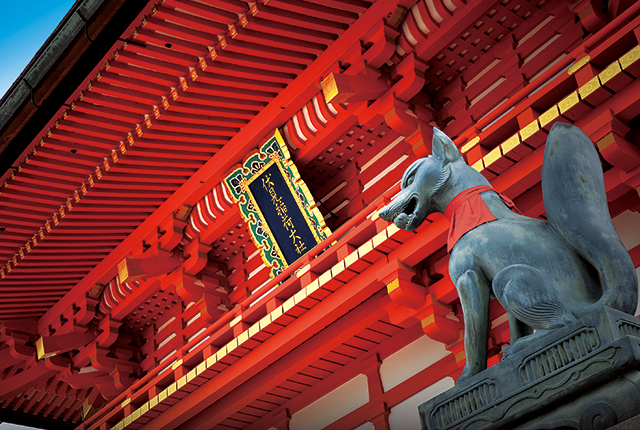
History
Inari Okami, the enshrined deity of Fushimi Inari Taisha, was enshrined on the first Day of the Horse of the second month of 711, during the Nara Period.
The shrine celebrated the 1300th anniversary of the enshrinement in 2011.
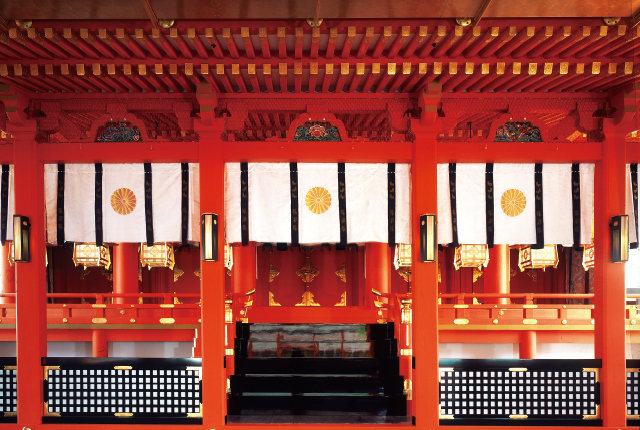
Enshrined Deities
Designated as an Important Cultural Property, the main shrine building contains five shrines together: a lower shrine, a middle shrine, an upper shrine and auxiliary shrines Tanaka Shrine and Shino-Okami Shrine.
These five pillars of Fushimi Inari Taisha are named for the great virtues of Inari Okami that they embody.
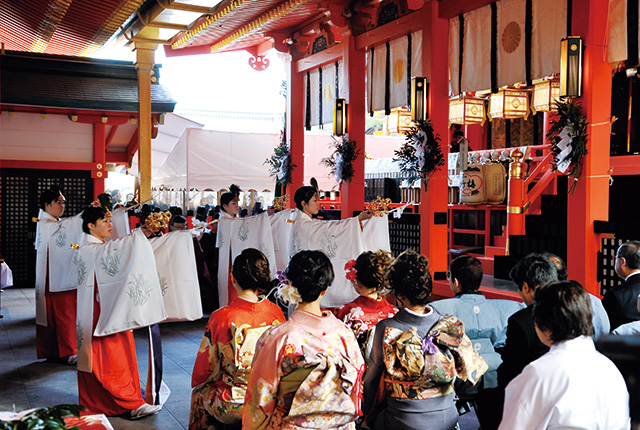
Festivals and Events
Traditional festivals and rituals are held at Fushimi Inari Taisha throughout the seasons.
Many are seasonal hallmarks that evoke Kyoto’s history as the old capital of Japan, with throngs of worshippers in the shrine precinct.
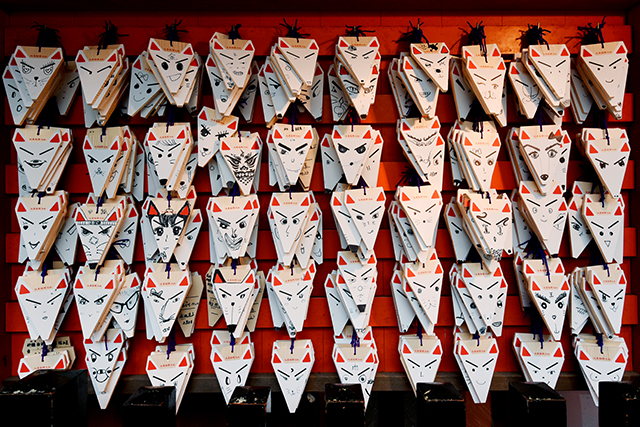
FAQ
Although Inari shrines are said to outnumber any other type of shrine in Japan, there is a surprising amount that even Japanese people do not know about them.
Here you can find out everything you need to know about how Shinto is practiced at Inari shrines.
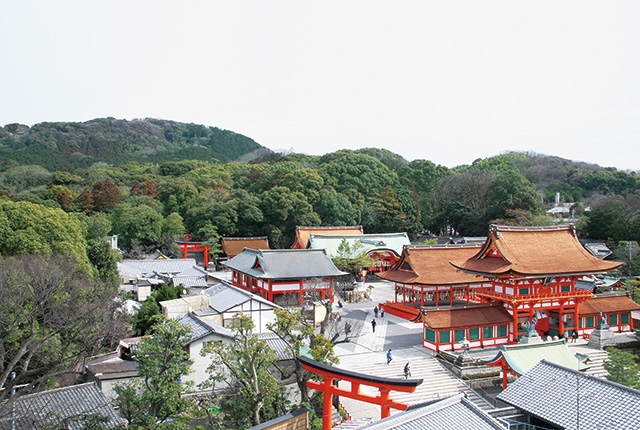
Map
The whole of Inariyama, the mountain where Fushimi Inari Taisha rests, is considered a precinct of the shrine. Smaller shrines (hokora), sites of former shrines where deities remain (shinseki), worshiping stones engraved with deities’ names (otsuka), shrine gateways (torii) and other features can be found throughout this holy area.
Inariyama is a 233m-high holy mountain, one of the southernmost of the 36 Higashiyama mountains. Inari Shintoism began with a form of mountain worship in which Inariyama was designated as a kamnabi, a place in nature where a deity is enshrined.
